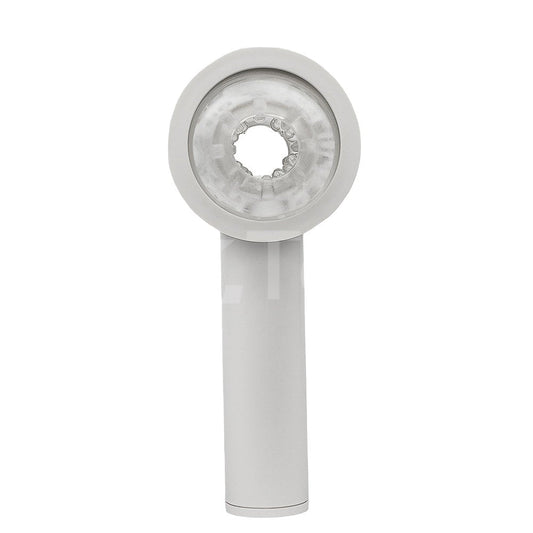Vaginal intercourse in the man-on-top missionary position can feel wonderful. Most couples enjoy the physical closeness and the emotional intimacy of joining genitals. For many people, the missionary position crystalizes what “sex” is all about.
But the man-on-top position can also cause problems. A great deal of research shows that only a minority of women—the studies average around 25 percent—are consistently orgasmic in this position no matter what size the man’s penis nor how vigorous or prolonged the intercourse.
The reason is that in the missionary position, the penis does not directly come in contact with the clitoris, the seat of women’s orgasm response. There’s no clitoral contact, and little or no clitoral stimulation. Sexuality experts have spent decades reassuring women and their lovers that women’s inability to reach orgasm with the man on top is (1) not the exception, but the rule, (2) no reflection on the woman’s sexual responsiveness, (3) no reflection on the man’s sexual technique, and (4) no reflection on the relationship or how the woman feels about it.
Sexuality authorities encourage couples in this situation to let go of the idea that women “should” have orgasms during penis-vagina intercourse. They encourage men to help bring women to orgasm with gentle sustained clitoral caresses using a hand, tongue, or sex toy.
In addition, couples might be interested to know that women are much more likely to have orgasms during intercourse in two other positions—woman-on-top and rear entry (doggie style). In the woman-on-top position, with the woman straddling the man’s hips, he can place a fist at the junction of their lower abdomens. This allows the woman to lean forward and press her clitoris directly against his knuckles, working herself up to orgasm. In the rear entry position, either lover can caress the clitoris by hand and provide enough stimulation for the woman to come.
But even when couples make these adjustments, many still wish the woman could work up to orgasm during missionary position intercourse. Enter the “coital alignment technique” (CAT). It was first introduced back in 1988 by sex researcher Edward Eichel, who claimed that it boosted women’s chances of having orgasms during missionary position sex.
The CAT is remarkably simple: Instead of the man lying on top of the woman chest-to-chest with his penis moving in and out more or less horizontally, he shifts himself forward so that his chest is closer to one of her shoulders. As a result, his penis moves more up and down. In other words, the man rides higher on the woman’s pelvis, and the bony base of his penis, his pelvic bone, makes sustained contact with the woman’s clitoris. This increases direct clitoral stimulation and just might provide enough to allow her to have orgasms. Eichel’s studies showed that the CAT significantly increased women’s rate of orgasm during intercourse.
Eichel’s results made headlines. They led to a brief flurry of magazine articles, and a book, The Perfect Fit. But for reasons that remain unclear, the CAT proved to be little more than a short-lived blip on America’s sexual radar. By the early 1990s, the CAT was largely forgotten. For the past 20 years, few sex experts have encouraged couples to try it.
But quietly, studies of the CAT technique have continued. A report in the Journal of Sex and Marital Therapy largely affirms what Eichel asserted: The CAT can help women reach orgasm during missionary-position intercourse.
In one study that’s typical of several, researchers worked with 36 women who could not reach orgasm in the missionary position. All of them, along with their partners, participated in an eight-week sexual enrichment workshop that emphasized skills in sensual touch, sexual communication, and assertiveness during sexual negotiations. In addition, 17 of the women were encouraged to masturbate between lovemaking sessions to become more comfortable with their genitals and their sexual responsiveness, a standard approach in sex therapy. Meanwhile, the other 19 were taught the CAT. Based on sexual diaries kept during a 21-day period after this training, the masturbation group reported a 27 percent increase in orgasm during missionary position intercourse, while the CAT group reported twice the increase, 56 percent.
Even if a woman can have orgasms during missionary position intercourse, the CAT represents a minor positional variation that can feel intimate, enjoyable, and erotically novel. In addition, for women who have difficulty reaching orgasm in man-on-top intercourse, the CAT may provide a path to a happy ending. Have fun experimenting.






















